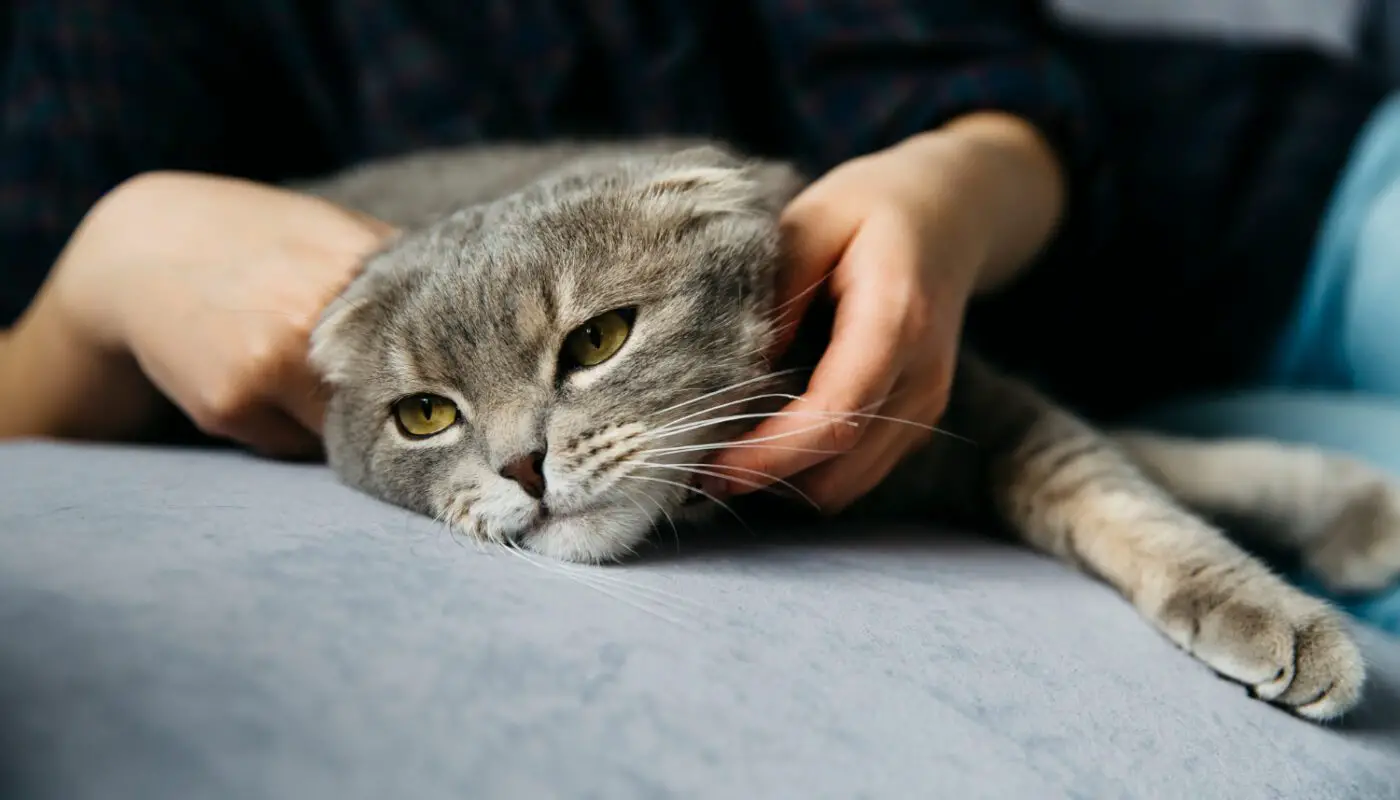Cats are known for several behavioral characteristics – self-grooming, multiple daytime naps, unusual body postures and others. But just like humans, are cats ticklish?
As per the insights of animal behaviorists and experts, it is widely accepted that cats possess the ability to be ticklish and exhibit varied reactions to the sensation. The objective of this article is to furnish you with comprehensive information pertaining to cats and their susceptibility to tickling.
Ticklish Spots in Cats
The paws
Cats’ paws are quite sensitive, especially the carpal pads (under the paws). This is naturally so as they detect vibrations from the ground through the nerves in their paws, which warns them if something or someone may be approaching. Due to the high sensitivity of their paws, they may react to the slightest touch there, and even a light tickle may lead to your feline being overstimulated.
The stomach
Felines are known for their tendency to safeguard their abdominal region since it houses important organs. Nevertheless, owing to the presence of delicate hair follicles surrounding this region, it can cause a ticklish sensation when stroked or touched.
The back
The ticklishness on the back of a cat varies from cat to cat. Some cats may feel ticklish here, especially if they are long-haired. Rubbing the back may simulate the sensations they get when getting their backs brushed with grooming brushes from Mellowed Cats.
Top of the head, chin, and neck
When it comes to feline preferences, it’s worth noting that many cats seem to relish being tickled in certain areas. Specifically, they tend to enjoy gentle rubbing and scratching on their heads, under their chins, and around their necks. In fact, you may notice that your furry friend will even nuzzle these areas against you as a signal that they’re in the mood for some affectionate attention. So if you’re looking to make your feline companion happy, giving them a little tickle in these spots might be just the thing!
Usual Reactions to Being Tickled
As a conscientious cat guardian, it is vital to comprehend that when tickling a feline, their response may fluctuate based on the cat and the location where they are being tickled. It is crucial to be aware of what usual reactions are and how to react suitably.
Irritation
Your cat may shy from being rubbed or touched in ticklish spots if the sensation from such tickles upsets or discomforts them – in this case, Knismesis. They may communicate their irritation by swatting at your hands, pulling away or keeping their distance. This is a sign that they do not want to be tickled, especially on the particular spot causing the Knismesis.
Delight
It is a fascinating fact that both humans and cats share the same pleasurable sensation when being tickled, which is known as Gargalesis. However, the way they express their enjoyment is quite different. While humans tend to laugh and squeal in response, cats show their satisfaction by purring and seeking more rubs and scratches. This behavior is a clear indication of how these furry creatures are capable of experiencing joy and pleasure just like us.
Aggression
When a feline is subjected to tickling, and it expresses displeasure, it may exhibit aggression by biting, scratching, hissing, or performing other defensive actions. This is especially prevalent when the tickling occurs in areas that are sensitive, such as the stomach or the underside of the paws.
Conclusion On Are Cats Ticklish
If cats are part of your life then this may no be new news to you. Felines always communicate their feelings to us through their moods and body language. With adequate bonding, you should be able to see from your cat’s purrspective and know body parts that should be rubbed and those that are off-limit, amongst many other things.
